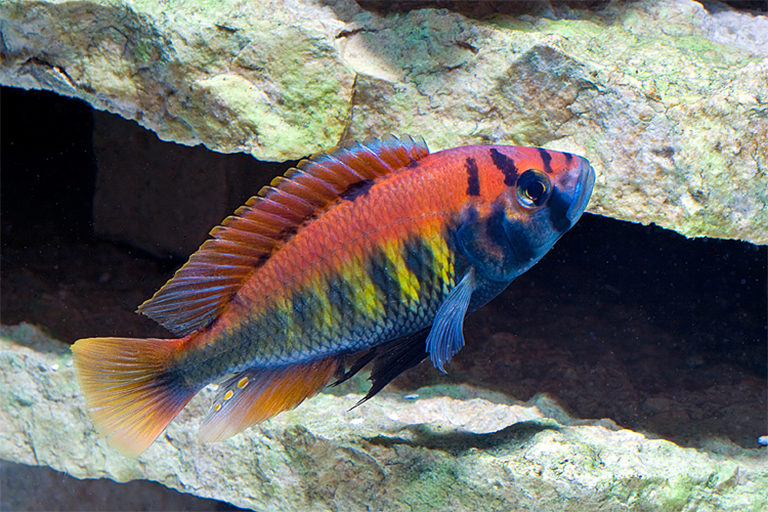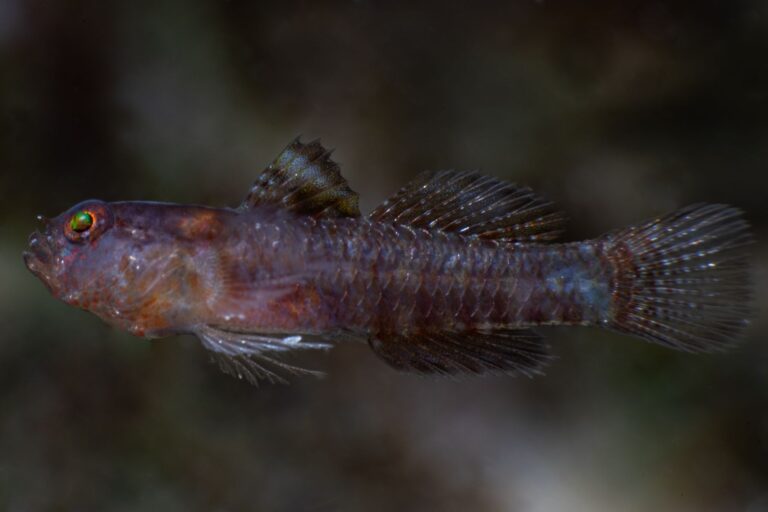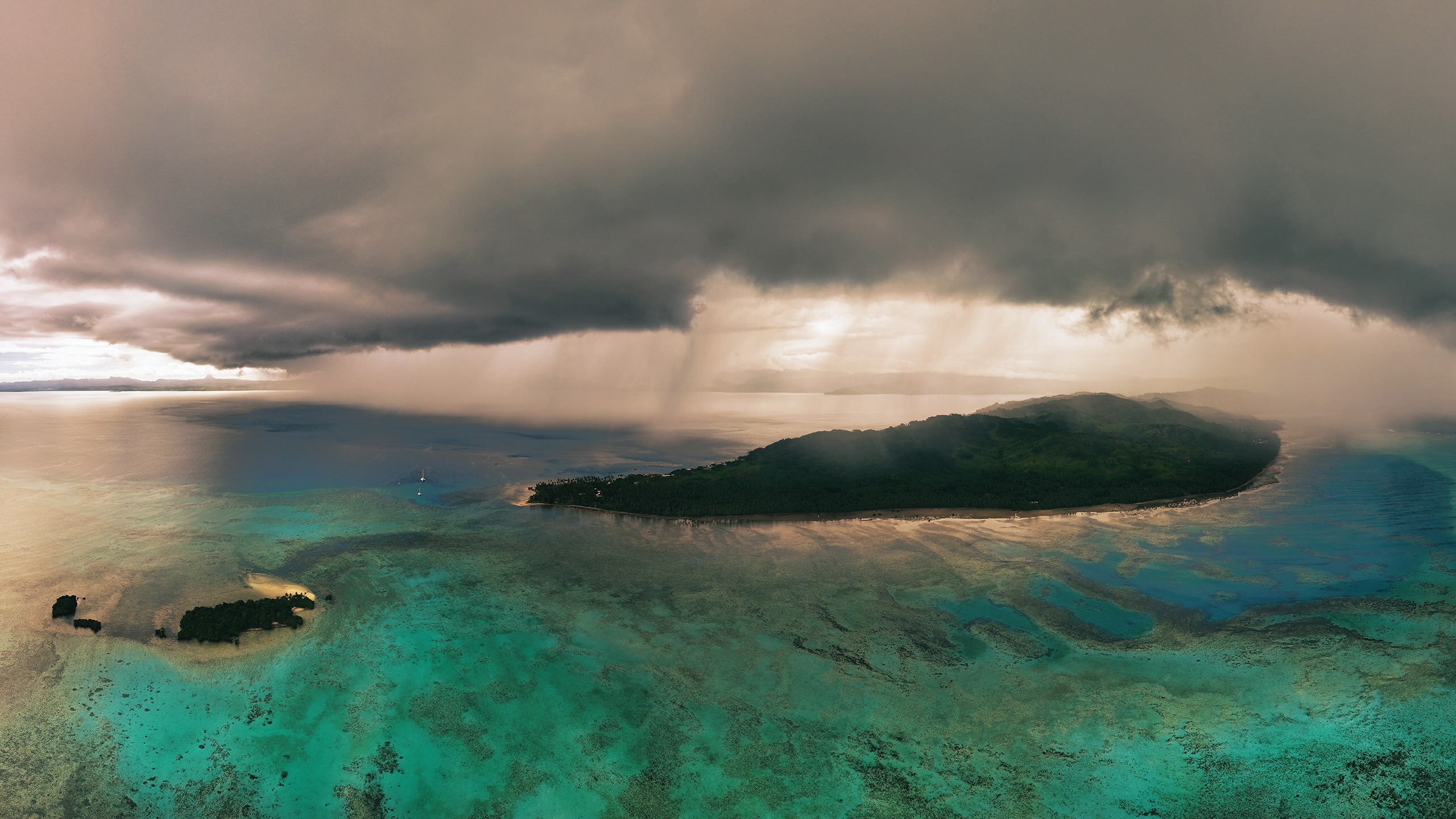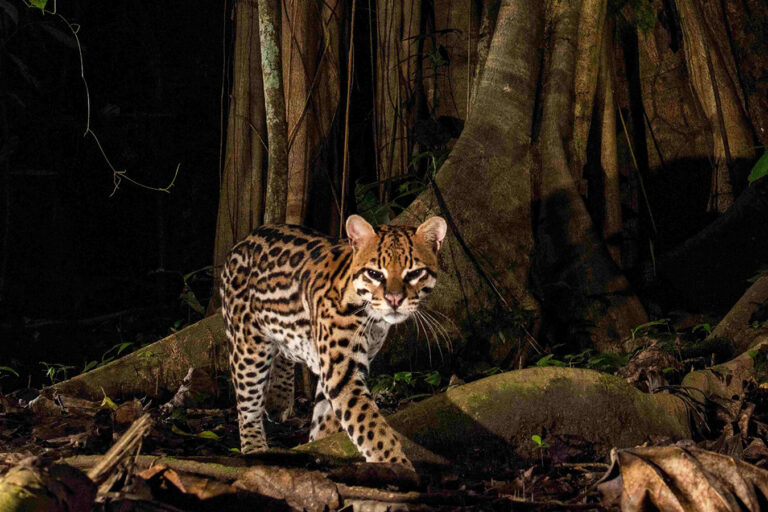A new WWF report is sounding the alarm on Africa’s freshwater fish: one in four fish species it assessed is at risk of extinction. These declines threaten not only biodiversity, but also the food security, livelihoods and cultural identity of millions of people who depend on inland fisheries across the continent.
Released in the lead-up to the Ramsar conference on wetlands to be held in Zimbabwe, the report notes there are at least 3,281 freshwater fish species in Africa’s rivers, lakes and wetlands. It also highlights the extraordinary diversity of Africa’s freshwater fish — from air-breathing lungfish to blind, cave-dwelling cichlids — that have remained largely invisible in conservation and development policies despite being essential to ecosystems and economies alike.
“Africa is a global hotspot of freshwater fish diversity, home to over 3,200 species, but it’s also a hotspot of risk,” Eric Oyare, WWF’s Africa freshwater lead, said in a statement. “When these fish disappear, we lose much more than species: we lose food and nutrition security, livelihoods, ecosystem balance, and adaptive capacities to climate change.”
The report points to habitat destruction, pollution, overfishing, invasive species and climate change as key drivers of freshwater fish decline. Lake Malawi’s iconic chambo tilapia, for example, declined by 94% from 2006-2016. Meanwhile, Lake Victoria has likely seen hundreds of cichlid species vanish since the introduction of the invasive Nile perch and water hyacinth.
Africa also accounts for almost 30% of global freshwater fish catch, according to the report. The continent’s freshwater fisheries are more than a source of food — they are economic engines. Uganda and Tanzania rank among the top inland fish producers globally, largely thanks to Lake Victoria. Small pelagic fishes like dagaa, kapenta, salanga and usipa provide critical nutrition and income, especially in low-income and landlocked countries.
But these fisheries are under pressure. In Zambezi’s floodplain fisheries, catches have plummeted by about 90%. In Zambia’s Kafue Flats, once among Southern Africa’s most productive freshwater fisheries, dam construction has disrupted natural flood cycles critical for fish breeding.
“The disappearance of freshwater fish is not just a biodiversity crisis,” Machaya Chomba, Africa freshwater protection manager at The Nature Conservancy, said in the statement. “It is a direct threat to food, livelihoods and cultural identity for millions across Africa.”
Despite this grim outlook, the report, co-authored by multiple conservation organizations including TNC, offers a way forward. It details a six-point emergency recovery plan for freshwater biodiversity, emphasizing restoring natural river flows, improving water quality, protecting key habitats, ending unsustainable practices, managing invasive species, and removing obsolete dams.
African countries have committed to protecting 30% of inland waters and restoring 30% of those already degraded by 2030. The report’s co-authors urge African governments to take bold, concrete steps to revive rivers, wetlands and the freshwater fish species that depend on them at the Ramsar summit.
Banner image of a cichlid species by Kevin Bauman via Wikimedia Commons (CC BY 1.0).





